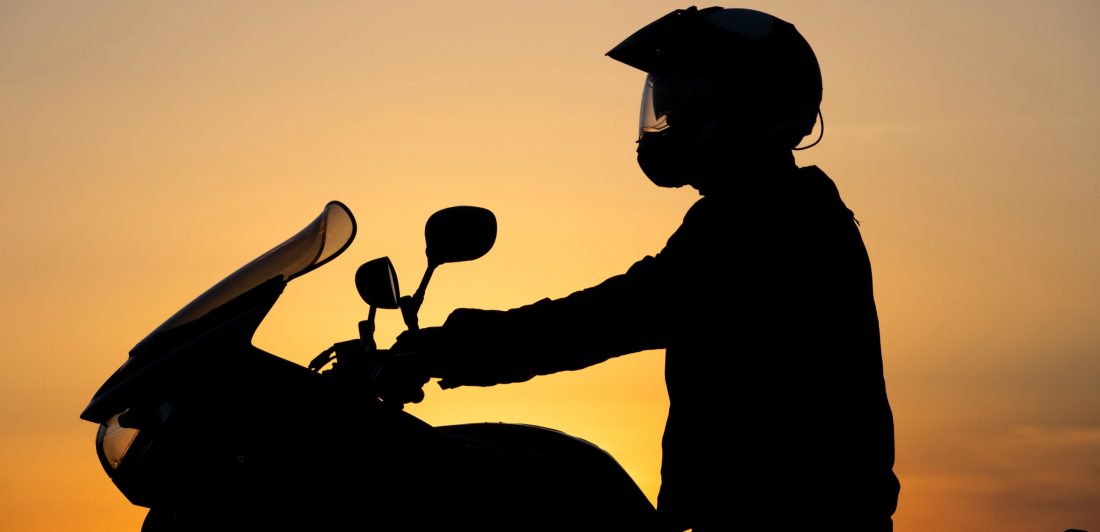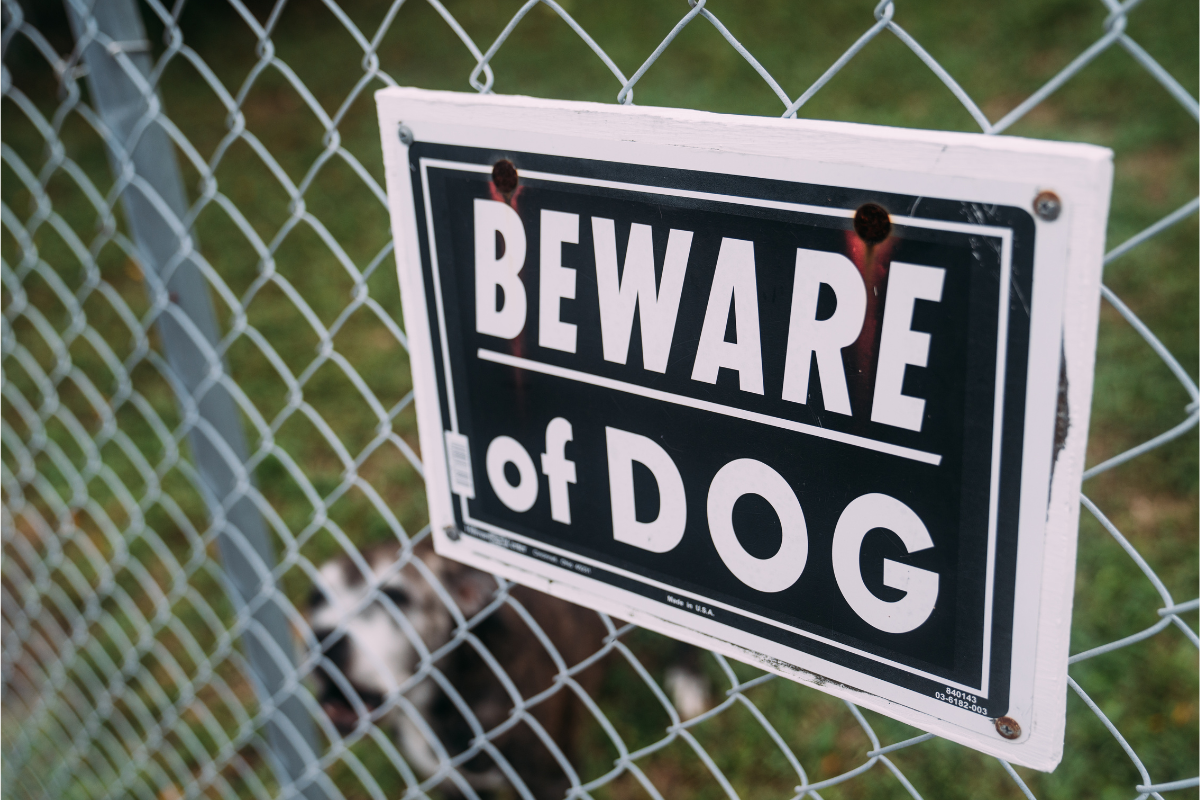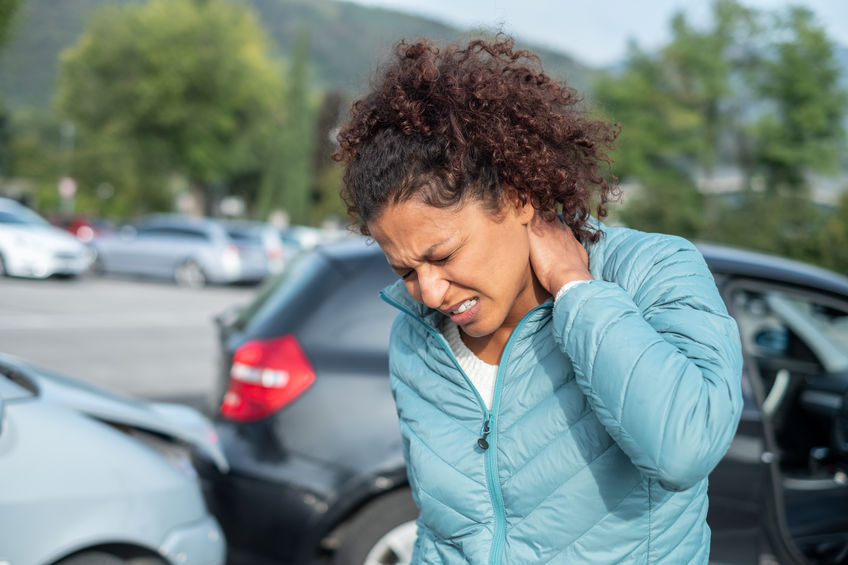Although motorcycles can be classified as fuel-friendly, there are some downsides to the choice of ride. Motorcycles are more dangerous than driving a vehicle, as they leave the rider more vulnerable to injury. If you ride a motorcycle with any regularity, you will likely experience a motorcycle road rash injury sooner or later.
What Is Motorcycle Road Rash?
A motorcycle road rash is a type of skin abrasion that occurs to the exterior of the skin during a motorcycle accident. When the skin is scraped against the ground, it exposes the tissue underneath the skin to the elements found on the surface of the road, such as metal, gravel, rocks, and other road debris.
Most of the time, road rash is considered a minor injury and can be treated at home. On the other hand, some road rashes can leave riders with several layers of skin gone that may become infected or require surgery to treat. The spring and summer welcome Texans with scorching temperatures, leading many riders to wear less clothing, leaving their skin vulnerable to damage if they were to be involved in an accident.
The most common places where riders get road rash include:
- Lower legs
- Knees
- Thighs
- Palms
- Elbows
- Arms
- Shoulders
- Face
What are the Degrees of a Motorcycle Road Rash Injury?
The degrees of a motorcycle road rash is similar to the degrees of a burn injury. While road rashes range from first to third degree, it’s unfortunate that many motorcycle road rashes are considered third degrees.
Medical professionals diagnose road rash according to the following conditions:
- First degree: This level of road rash is equivalent to or less than a bad scrape. While there may be a little bit of bleeding and the skin may be red, treatment to this degree won’t require more than cleaning the wound and applying a bandage.
- Second-degree: A second-degree motorcycle road rash breaks the skin and leaves the layers under the skin exposed but still intact. In addition, the skin and tissue underneath may come into contact with road debris like dirt, glass, and gravel. Most individuals who experience second-degree road rash will require medical attention.
- Third-degree: Being the most severe, a third-degree motorcycle road rash will often have severe abrasions, leaving muscles, bones, and tendons exposed. In addition, permanent scarring and disfigurement can also occur. Third-degree burns require immediate and intensive medical treatment.
As seen, road rashes can be painful and can be prone to infection. However, injured individuals have legal options and may be able to seek financial compensation through injury claims for the cost of their medical bills, lost income, and pain and suffering.
What are Some Symptoms of Road Rash Infection?
Due to road rash leaving the skin exposed to the elements, the injury is vulnerable to infections, which can result in a longer, more difficult healing period. Some signs of infections at the site of the road rash injury include:
- Warmth
- Fluid or pus
- Pain increases as each day goes by
- Increased redness
- Swelling
- Body aches
- Drainage or foul odor
- Fever
- Chills
Receiving Medical Attention for Motorcycle Road Rash Injury
After experiencing a motorcycle accident, especially one where you suffered a motorcycle road rash, it is important for your health to receive medical attention to prevent the wound from developing into a worse condition or getting infected.
The following are steps you can take to take care of your wounds from a motorcycle accident:
- Seek medical attention: If the road rash is second or third-degree, you should seek medical attention as soon as possible to ensure you get proper care and prevent infections.
- Remove debris: Using tweezers or your fingers, remove any debris that is in the wound.
- Wash your injuries: Wash your injuries as soon as possible to prevent bacteria and other potentially harmful infection-causing substances from entering the wound. Once you have done that, don’t forget to apply antibacterial ointment to help kill any bacteria and speed up healing time.
- Cover the wound: Once you have done all the steps above, make sure that you cover your wound to prevent any infections. Be sure to change the bandage once or twice a day to ensure it stays fresh and clean.
- Continue looking over your wound: As you change your bandages and clean your injuries, inspect the affected areas for symptoms of infection, such as pus or redness.
For first-degree road rash, taking care of your wound and keeping it dry and clean should allow it to heal on its own within two weeks. If the road rash is more serious, the injury will take longer than two weeks, and it’s advised you visit your provider to know your next steps. If you were involved in a bad motorcycle accident or injury, like a road rash– especially one that may not seem like it’s healing or is causing a lot of pain– your provider may want to take an x-ray or other forms of imaging to check your injuries.
By filing a claim, a motorcycle accident attorney can help you receive the compensation needed to cover your medical bills and other expenses lost due to the motorcycle accident. If you have suffered any of the following damages after a motorcycle crash, one of our motorcycle attorneys can help you recover:
- Lost wages
- Mounting medical bills
- Ongoing medical treatment, such as medical equipment or rehabilitation
- Chronic pain
- Diminished quality of life as a result of your injuries
- Emotional distress
- Property damages
- Loss of consortium
We are here to help you through the process.
How to Prevent Road Rash in a Motorcycle Accident
The best way to prevent road rash is to follow the rules of the road, including the speed limit. Even if you do everything right, there are some things you don’t have control over, and accidents may occur. Therefore, it is important to wear appropriate safety gear and protective apparel to reduce the seriousness of any injuries, including road rash.
- Helmet: Wearing a helmet can help prevent painful facial abrasions and possible disfigurement. In addition, it decreases the odds of injury to the head, neck, and brain.
- Gloves: Gloves will shield sensitive areas like the palms of the hands from scrapes and cuts in the event of an accident.
- Safety Goggles: Safety goggles or glasses protect eyes from damage from debris and dust that may potentially blind a rider and lead to an accident.
- Proper Apparel: Wearing a durable leather or heavy-duty nylon jacket and pants can help protect the motorcyclist’s skin from damage.
- Footwear: Boots are a good option to provide traction when riding a motorcycle and will protect the rider’s feet from abrasion if needed to put his or her foot down.
The Carlson Law Firm Can Help
When you are injured in a motorcycle crash, you need to hire an attorney with the skills and knowledge to represent you against the insurance industry. Hiring the best motorcycle crash attorney for your case means hiring a compassionate legal team who cares about your recovery. The Carlson Law Firm has 16 locations across the state, serving clients from the Gulf Coast to the West Texas desert. Contact us today for a free consultation to help you understand your legal rights.




